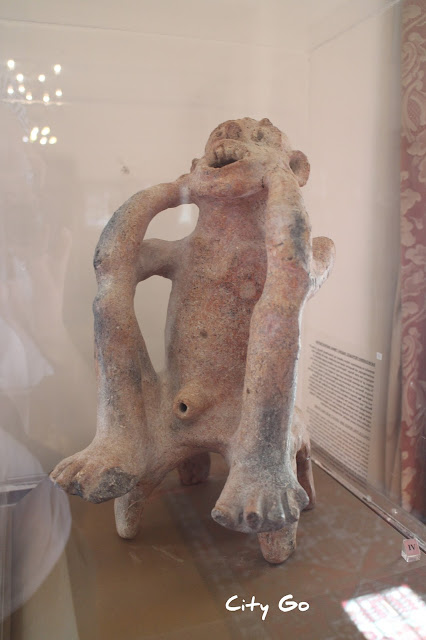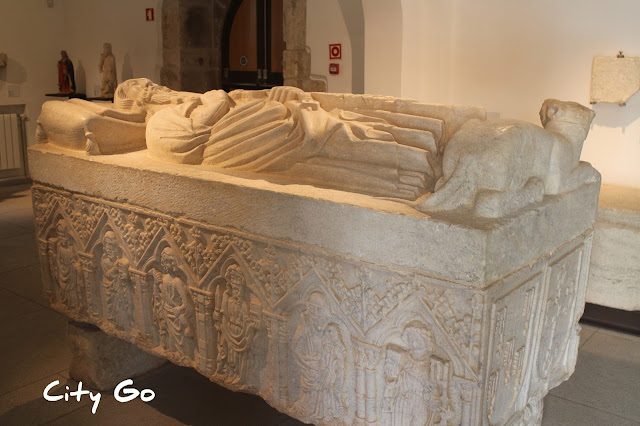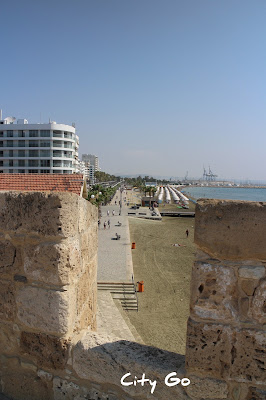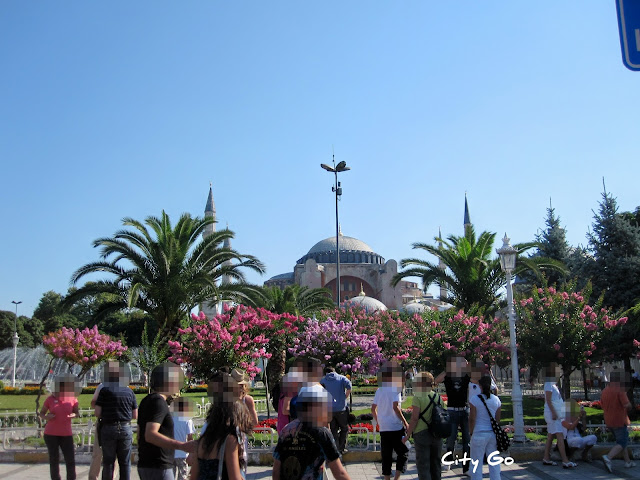Pego do Inferno, Portugal

Pego do Inferno (Hell's Pit) is a small waterfall, of about 3 metres, 7 km from Tavira, in the Algarve. As the legend goes it's called Hell's Pit because a carriage fell into it and neither the carriage, the animals or its occupants were ever found. The divers weren't able to find the bottom of the pool and logically assumed it was a passage to the underworld and whoever fell in it would go straight to hell. I hope you're not too disappointed to know the pool is actually 7 metres deep and it's perfectly safe to swim in it. How to get there: Only by car.







